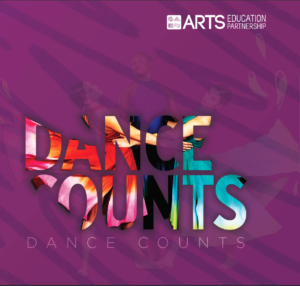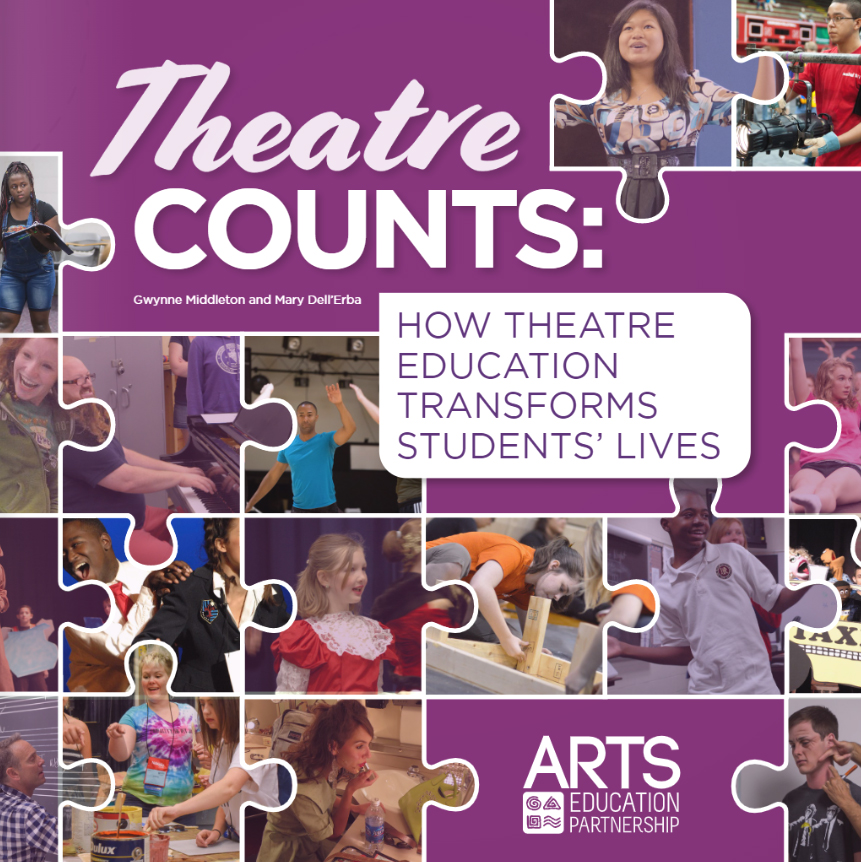Early Development of Language, Literacy, and Social and Motor Skills
Dance education can support young children’s acquisition of language and literacy as well as their social and physical development through movement and repetition. These skills are foundational for a child’s future personal and academic success.

Photo by Soho Images Photography.
Courtesy of University of South Florida School of Theatre and Dance.


















